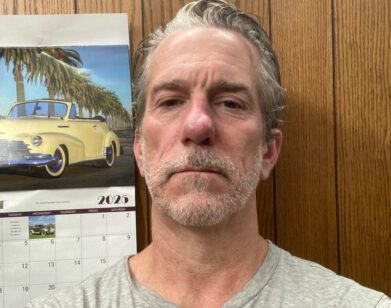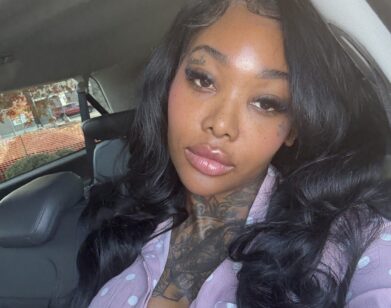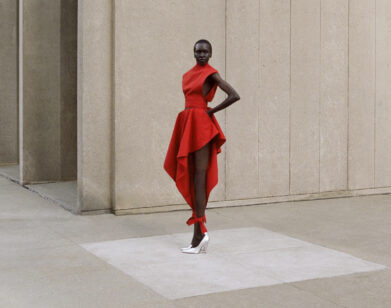Six Mobilized New Yorkers Tell Us How They Really Feel About The Political Moment
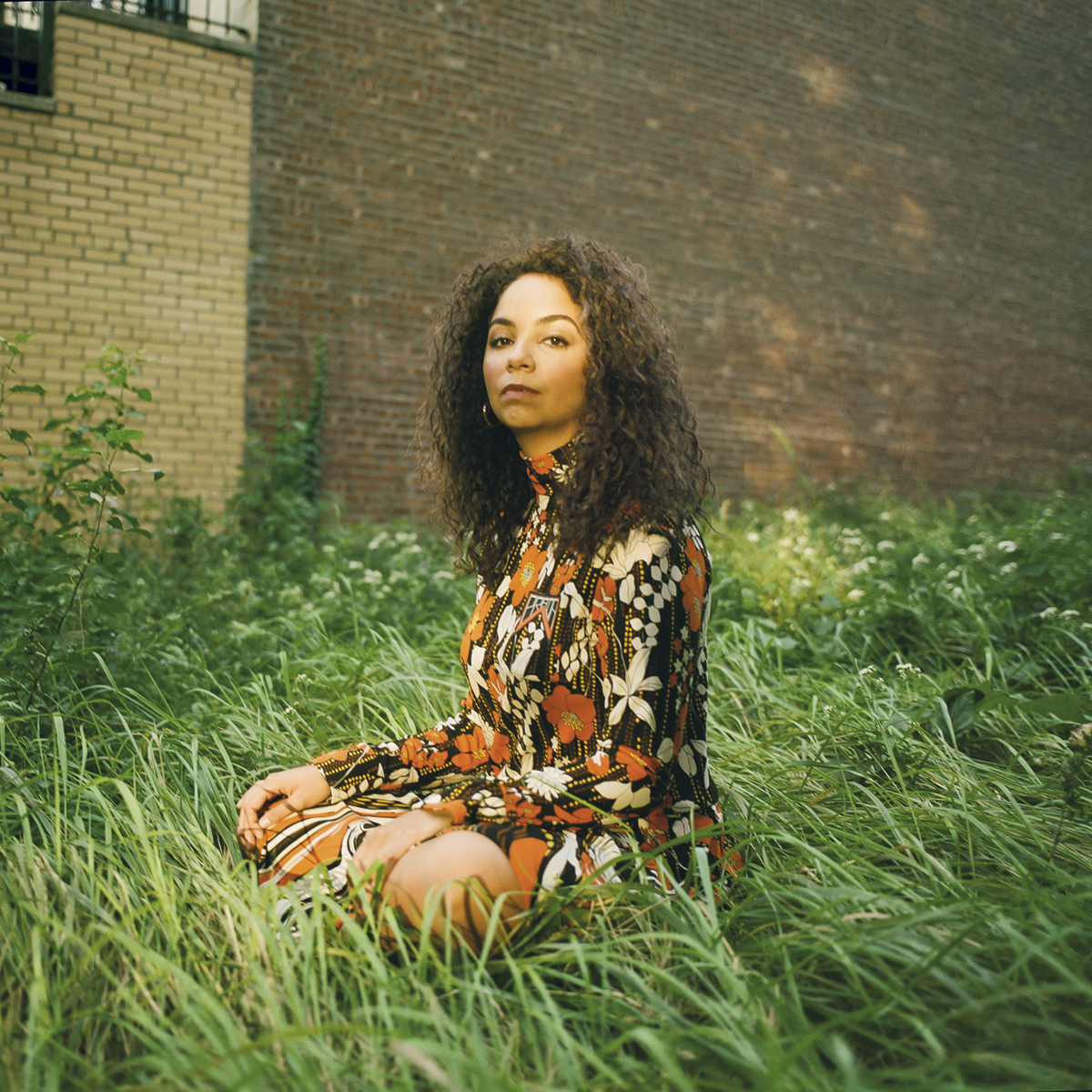
As America heads into the 2018 midterms—already shaping up to be one of the most decisive (and divisive) elections in modern history—six mobilized New Yorkers discuss what excites them, what exhausts them, and all the work that still needs to be done.
———
Amanda Lawson (top)
Founding director of the Dollar Bail Brigade, an organization of 811 volunteers committed to paying the one-dollar bails of prisoners across New York City.
“Let me paint a picture of the Manhattan Detention Complex: The bail room is disgusting. There’s no bathroom. Often there is trash everywhere and writing all over the walls from people who are bored, or from children who are waiting in the bail room because people can’t afford childcare. It is a really sobering experience, and it inevitably pushes people to agree with us in that this is something that has to go.”
“A lot of times, with volunteering, you’ll have the immediate gratification of meeting the people you help, but we don’t get to shake hands with the people we help.”
“My father has been through the system a number of times and had to wait because he didn’t have people in his life with money for bail. My father is a black man, and today one in three black men will be incarcerated at some point in their lives. Mass incarceration isn’t just a policy matter—it implicates all of us.”
———
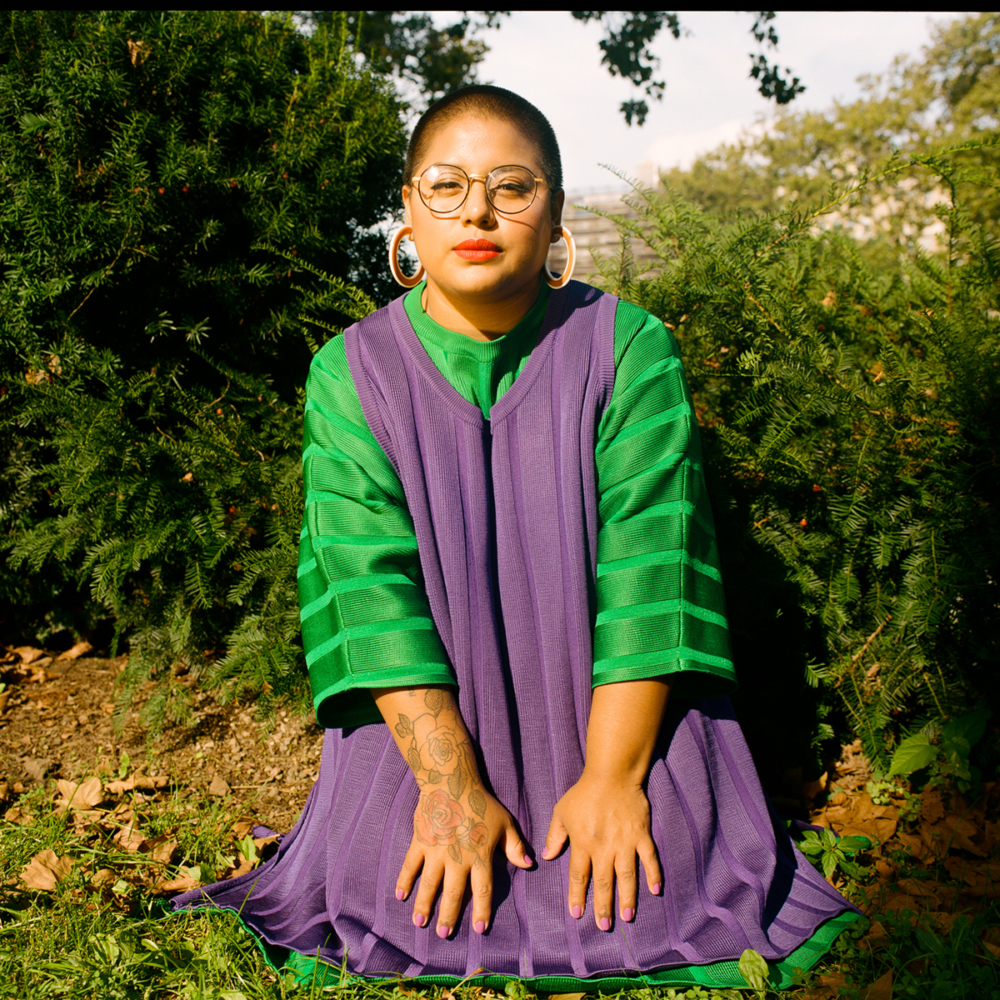
Sonia Guiñansaca
Poet and managing director of CultureStrike, a national arts organization working at the intersection of cultural justice issues such as climate change, immigrant rights, and queer/trans rights.
“Artists and culture workers across the country are mobilizing. I’m seeing so many artists creating their own institutions or their own platforms and funding for emerging artists of color.”
“I want to shift the narrative and have a humane and complex conversation about how anti-immigrant policies are impacting local communities across the country.”
“The people I love are either migrants, undocumented, people of color, indigenous people who are trans and gender nonconforming, or disabled. These issues directly impact our identity, our livelihood, and the way we exist and maneuver ourselves in the world. What does the world look like without borders? What does the world look like without prisons and detention centers? We can’t just be reactionary. We need big thinking, big visions, and a radical imagination of what’s possible. Give it language, give it imagery, give it music, give it a feel. That’s what’s giving me hope.”
———
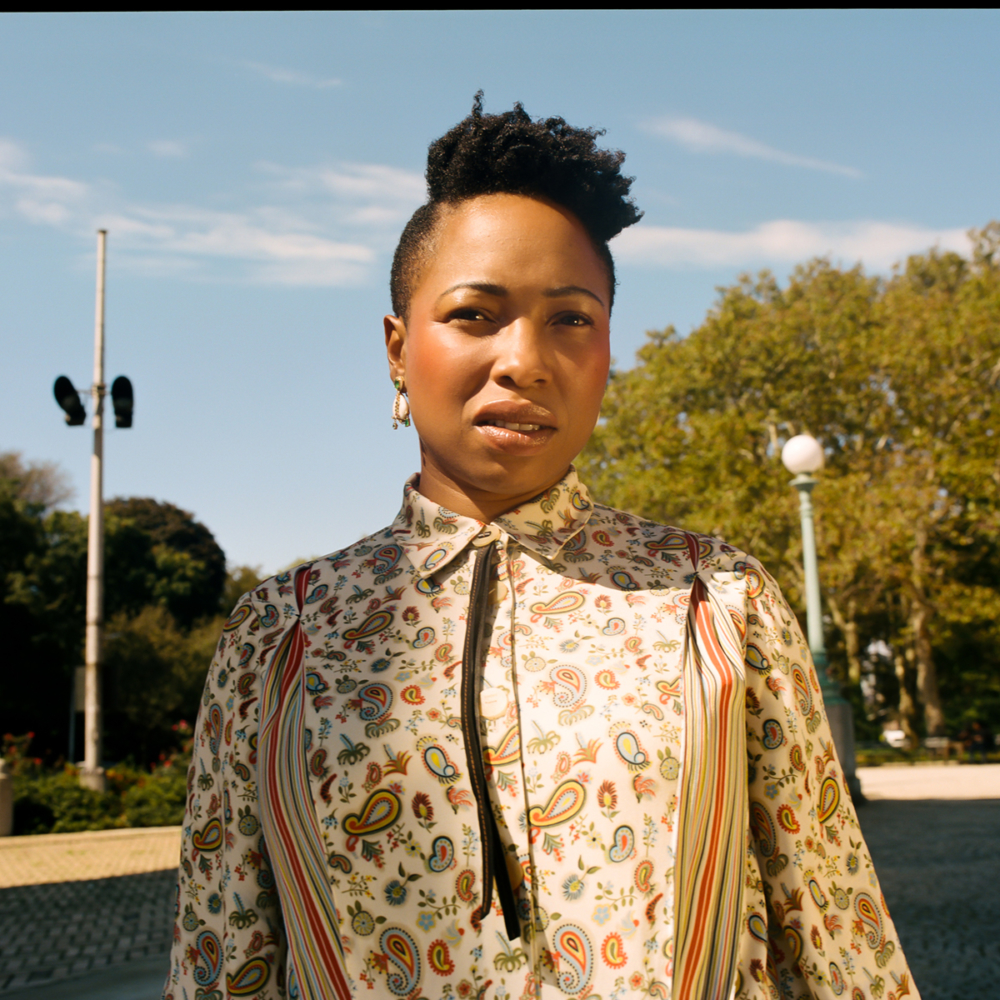
Rae Gomes
Food justice coordinator at the Brooklyn Neighborhood Health Action Center, which tackles food inequity in communities of color.
“I’m a mother, a writer, and an activist. Everything I do comes out of that. I became so much more conscious about the type of food that was available in my community after having my child and wanting to give him as much organic food as possible. Understanding why it’s so difficult to access good food here has been my journey toward activism. The more I understood why, the more I realized it was because of an injustice.”
“I despise the term ‘food desert.’ It makes people think that what’s happening right now is a natural phenomenon, and it’s not. Food deserts are actually created by a combination of the supermarket lobby, politicians, and developers.”
“What we’re doing is asking people to think about the bigger picture when their everyday lives are already very difficult. Feeding my family while also thinking about these larger-scale issues such as food hubs and food co-ops is a challenge. But it helps when you’re part of an organization that’s able to connect these wonderful people to resources.”
———
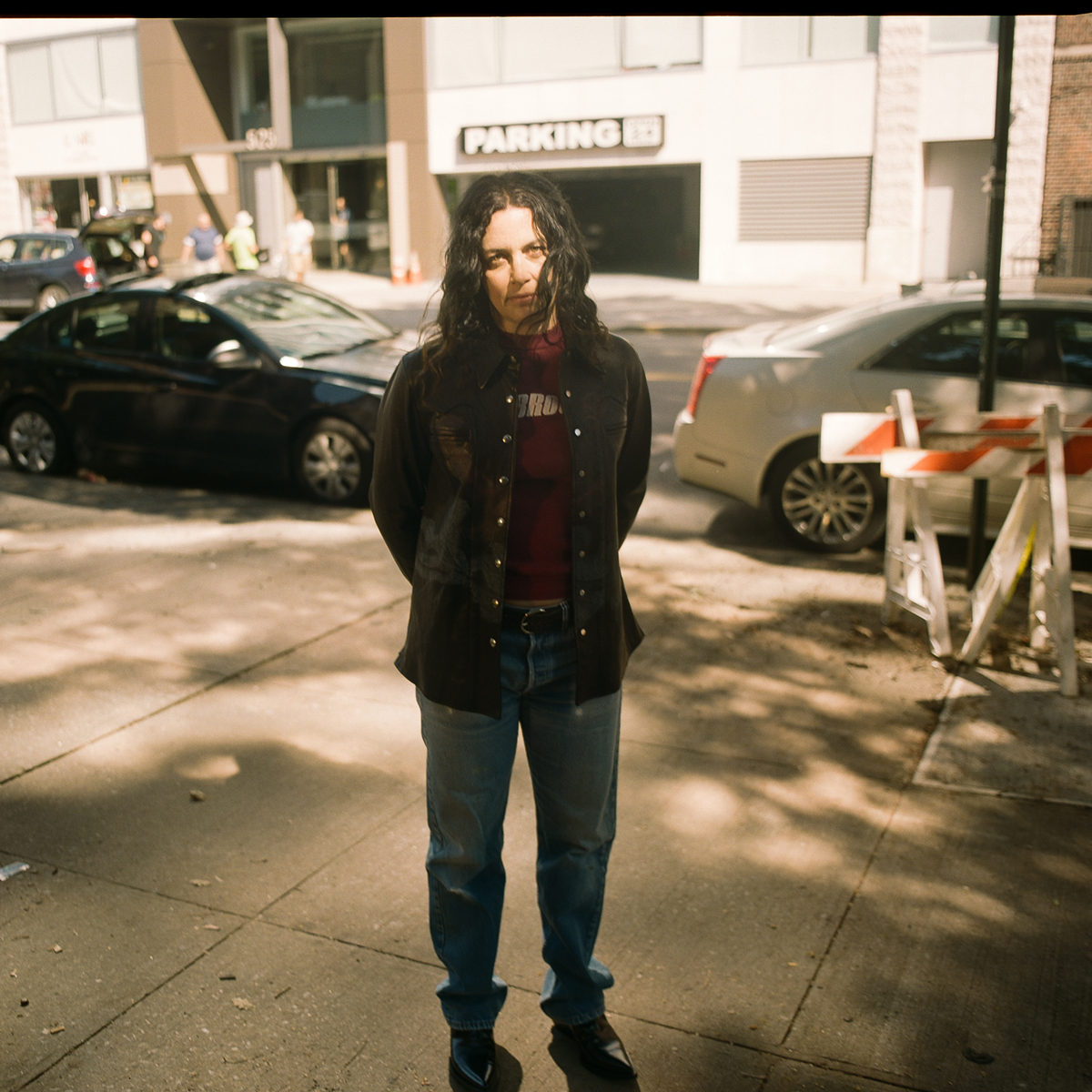
Tascha Van Auken
Campaign manager for Julia Salazar, a member of the Democratic Socialists of America and a Democratic candidate for New York State Senate.
“Even when we elect one amazing person, we can’t pin our hopes and dreams to them, because they’re surrounded by a system that doesn’t work for most people in this country. I feel very pessimistic about bad systems but very hopeful about people and their desire to do good.”
“We can’t just look at electing a few new people as being the end goal. We have to change the structure by which people get elected, who’s electing them, who’s running—the power dynamic underneath it all.”
“Listening to national news is extremely overwhelming and disempowering because we ingest things we have so little control over, and most of it makes me very angry. Organizing and collaborating with other people is how I deal with that anger.”
———
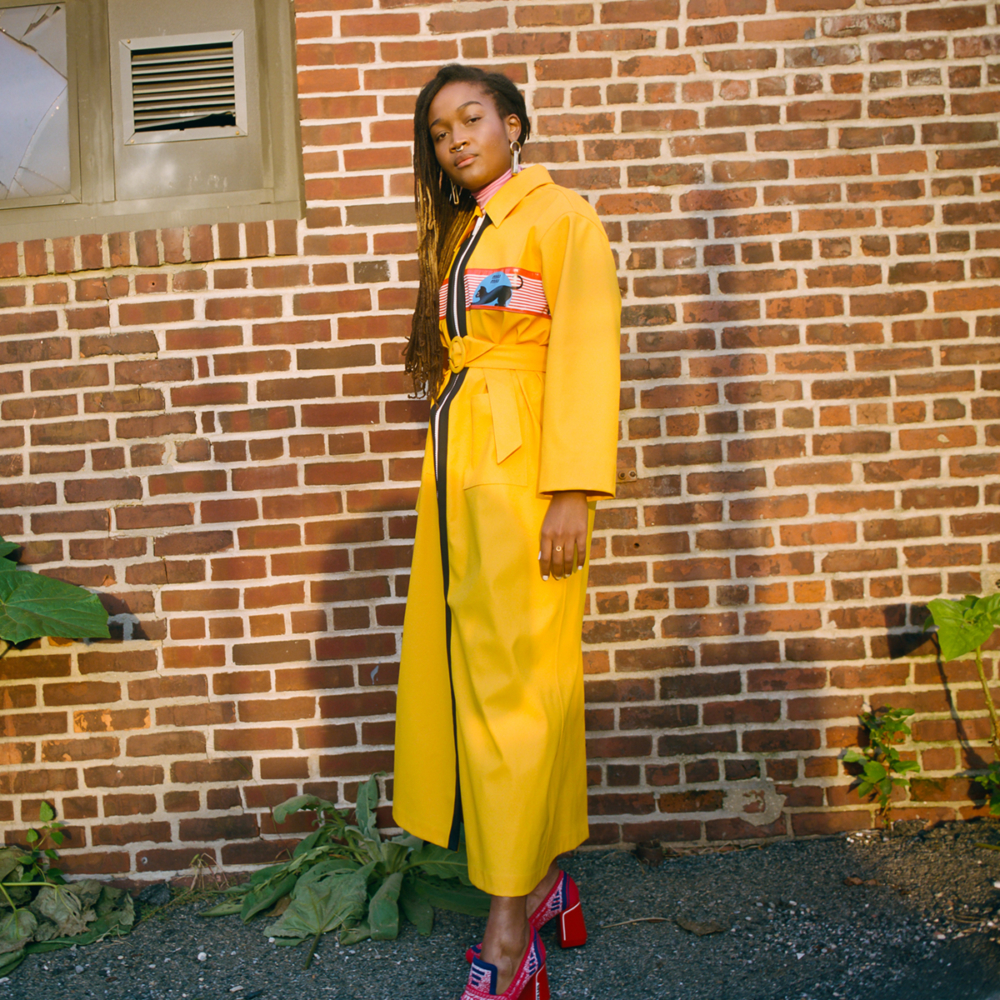
Kimberly Drew
Independent curator and former social media manager for the Metropolitan Museum of Art.
“My optimism lies in understanding the possibility of the future. I describe myself to friends as a golden retriever. From a black cultural perspective, they say, ‘We shall overcome,’ and I very much live in a space where I know we will. I would do a disservice to the people who came before me not to believe in that. It’s a very privileged position to think that you can give up.”
“I’ll be the first one to tell you I don’t have a concrete understanding of everything that’s going on, which is why I love social media as a means to collectively figure it out. I’ll DM people, like, ‘I know that I should call a senator, but I don’t know which one or how or how many times.’”
“I know too much not to do something. I see too many beautiful things not to share them. I see the need that is out there. Being a witness to all of this, I want to try to be a catalyst in the ways I can be.”
———
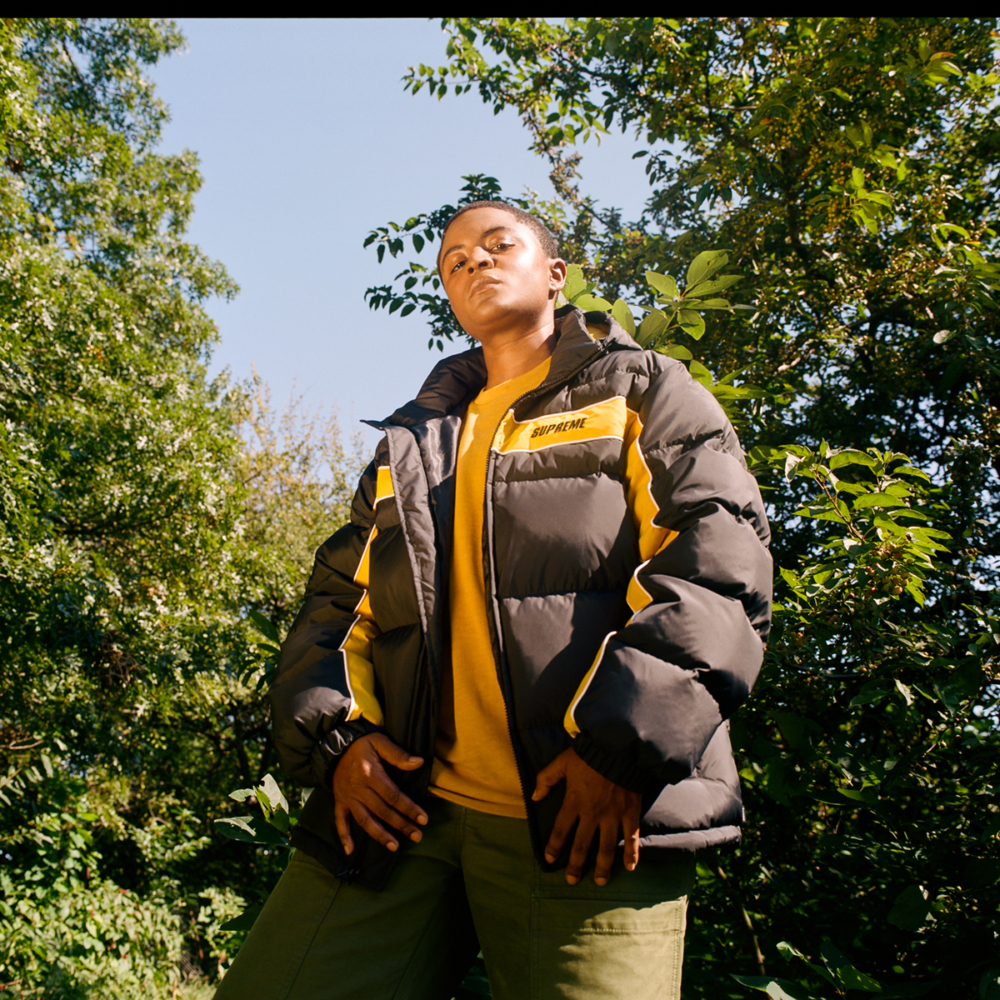
Ryann Holmes
Cofounder of bklyn boihood, a New York–based collective creating spaces for trans and gender nonconforming people of color.
“Our first project was a print calendar that was really well made by some queer photographers and artists. We just felt like we were fly as fuck. The younger versions of ourselves didn’t get to know about the community that exists for us. It’s about being mindful of what people might need to feel safe and comfortable enough to let their guard down.”
“I’m optimistic about movements focused on taking back healing and wellness, so that it’s not looked at as a luxury for white people. People of color and LGBTQ folks have gone through so much, and often we need it the most. Shit is foul right now, and despite the violence, we’re still able to rise.”
“We have to carve out the joy ourselves. My friends and I, we deal with so much anxiety and depression. I want to live a full life, and if we don’t make the space, it’s not going to be given to us. It’s important for us to feel seen and supported. It’s a community that I nurture because they nurture me.”
———
AMANDA WEARS: Dress by Prada. Earrings by Ariel Gordon.
SONIA WEARS: Tops by Marni. Earrings by Tuleste. Glasses Sonia’s own.
RAE WEARS: Dress by Loewe. Earrings by Aron&Hirsch from Broken English.
TASCHA WEARS: Shirt by DIOR. Vintage Sweatshirt, Belt, and Jeans from What Goes Around Comes Around. Boots by Paco Rabanne.
KIMBERLY WEARS: Coat and Turtleneck by Miu Miu. Earrings by Laura Lombardi. All Other Jewelry Kimberly’s own. Shoes by Prada.
RYANN WEARS: Jacket and Top by Supreme. Pants by Acne Studios.


